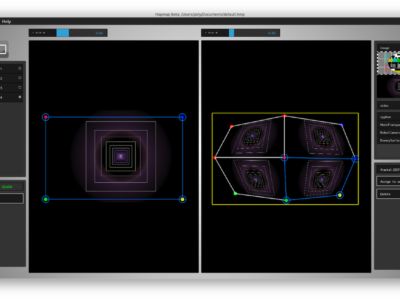

“where they are now” comparisons, this time on labor force participation.

Here’s another set of “when they were young” vs. I would guess that a vanishingly small number of couples die simultaneously which means there are quite a few single older folks who did not choose to be single (of course, even if they didn’t choose to outlive their spouses, they may prefer widowhood to other alternatives, especially if their spouse had a long illness). Keep that in mind: somewhere around half of all marriages end in divorce so that means the other half ends in death. Not only does it become obvious how many millennials are choosing to remain unmarried (either until they are quite a bit older or forever – hard to say because the oldest millennials are still in their 30s), but it also becomes clear that in addition to divorce, widowhood is a major contributor to the end of marriage. What I like about the Pew Research graphics is that they show us not only what the generations looked like when they were between 18 and 29 years old (above) but also what they look like now (below). Marital status Marital status by generation measured when young | Pew Research Marital status by generation measured in 2009 (snapshot) | Pew Researchįor instance, marital trends have been hard to talk about because the age at first marriage moves up over time, so it’s hard to figure out at what age we can expect that people will have gotten married if they are ever going to do so (I tried looking at marriage here). It is much easier to understand patterns that are changing over time versus patterns that are life course specific. The ability to interact makes the presentation extremely illustrative and pedagogically meaningful. Then users can flip back and forth between comparing each generation to another along a range of variables – labor force participation, education, household income, marital status – while they were in the 18-29 year old age group OR by looking at where each generation is now. They offer the timeline above as contextual background and a graphic way to offer an impressionistic framework for understanding generational change. The interactive graphics frame the data well.
Millumin alternatives series#
Pew Research has created a tidy series of interactive graphics to describe the demographic characteristics of American generational cohorts from the the Silent Generation (born 1928 – 1945) through the Boomers (born 1946 – 1964), Generation X (1965 – 1980) ). American Generation Age Timeline (Age measured in 2009) | Pew Research What works


 0 kommentar(er)
0 kommentar(er)
